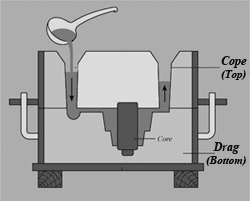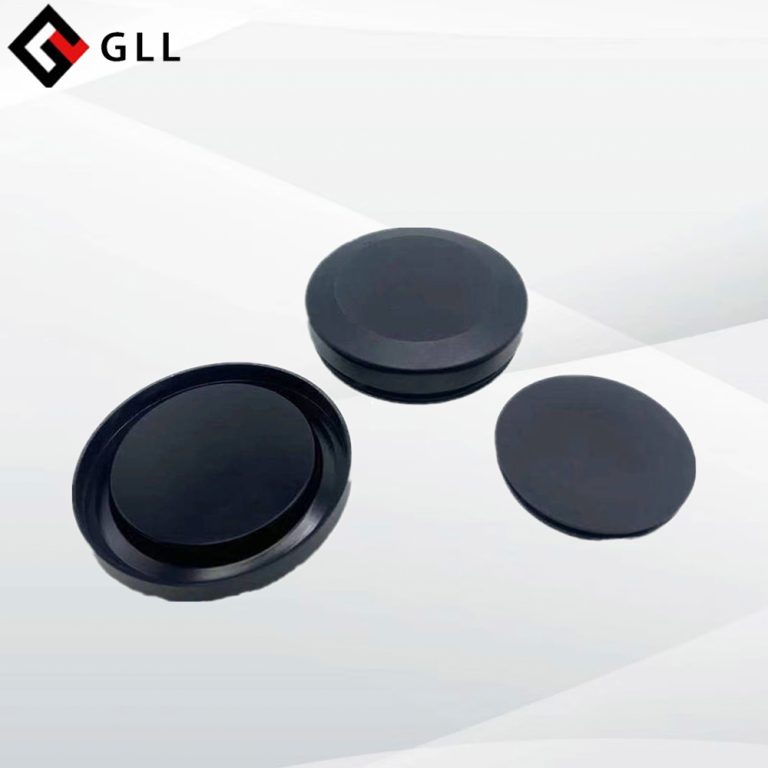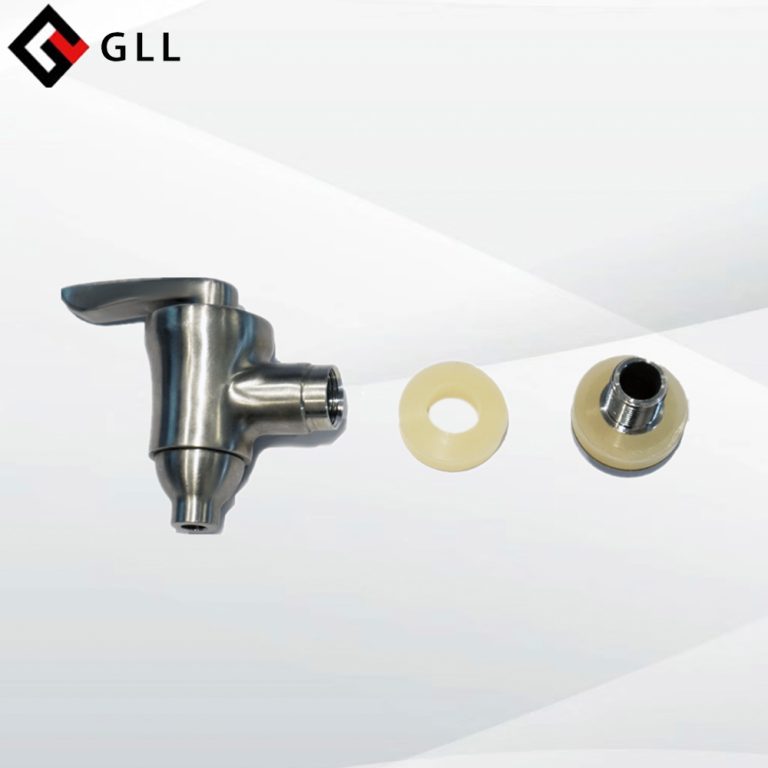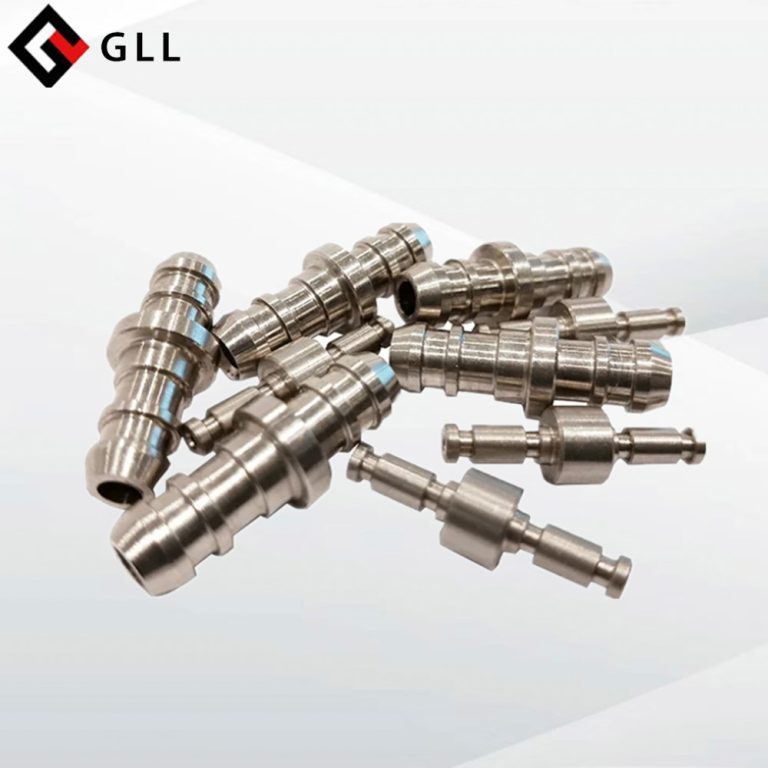The process of sand casting aluminum is a popular method used in the manufacturing industry to create various products made of aluminum. This process involves the use of sand molds to create the desired shape and size of the product. In this article, we will discuss the various steps involved in the sand casting process of aluminum.
Step 1: Designing the Mold
The first step in the sand casting process is designing the mold. The mold is designed to the exact specifications required for the final product. It is important to ensure that the mold is designed accurately as any errors in the design can result in a defective product.
Step 2: Creating the Mold
Once the mold design is complete, the next step is to create the mold out of sand. Sand is mixed with a binder and loaded into molds. The mold is divided into two halves, which are joined together to form a complete mold.
Step 3: Preparing the Aluminum
The next step is to prepare the aluminum for casting. The aluminum is melted in a furnace at a temperature of around 700-900 degrees Celsius. Once the aluminum is melted, it is poured into a ladle and transported to the casting area.
Step 4: Pouring the Aluminum
Molten aluminum is poured into the mold through a gating system. The gating system consists of channels and gates that allow the aluminum to flow into the mold. The aluminum is poured slowly and steadily to ensure it completely fills the mold.
Step 5: Cooling and Solidifying
After the aluminum is poured into the mold, it is left to cool and solidify. The cooling process can take several hours depending on the size and complexity of the product. Once the aluminum has cooled and solidified, the mold is removed, and the product is extracted.
Step 6: Finishing
The final step in the sand casting process is finishing the product. The product is cleaned and any excess material is removed. The product may also be polished or painted to give it a finished look.
In my opinion, the sand casting process of aluminum is a popular method used in the manufacturing industry to create various products made of aluminum. This process involves designing the mold, creating the mold using sand, preparing the aluminum, pouring the aluminum into the mold, cooling and solidifying, and finishing the product. The sand casting process is an efficient and cost-effective way of manufacturing aluminum products.




